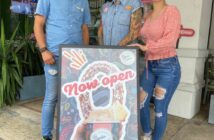Thomas Heatherwick To Bring Humanizing Design to the Shops at Sunset Place
Donna Shelley
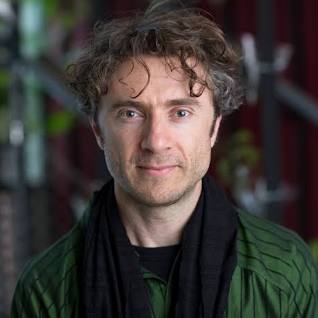
Thomas Heatherwick will be working with Midtown Development to design a completely new space for what is currently The Shops at Sunset Place, South Miami’s town center mall. Heatherwick is a British designer who has very definite beliefs about modern architecture’s role in the urban landscape and its impact on human beings. In his new book Humanize, A Maker’s Guide to Designing Our Cities, the author explains his design aesthetic as one that is opposed to the dictatorial tenets he attributes to the modernist architect, Le Corbusier. Heatherwick states that Le Corbusier’s architectural adherents continue to create buildings that are too boring, too flat, too plain, too straight, too shiny, too monotonous, too anonymous, too serious, and finally, harmful to the human spirit.
From Riviera Theatre to the Shops at Sunset Place
Plots of land in Florida often experience a number of lives and the location of Sunset Place is no different. In the early days of South Miami, the downtown was a series of two and three-story buildings used for shops, restaurants, and housing. Brothers Robert and Harold Dorn built a trio of buildings from 1925 to 1926 at the corner of what is now Sunset Drive and US 1. The buildings still stand and are among the city’s historic architectural gems. The brothers also built the Riviera Theatre at the northeast corner of SW 58TH Avenue, just south of Red Road. Opening September 4, 1926, the 1000-seat theater was doomed to failure by the hurricane that struck the Miami area from September 18-21, 1926, and the resulting economic downturn.
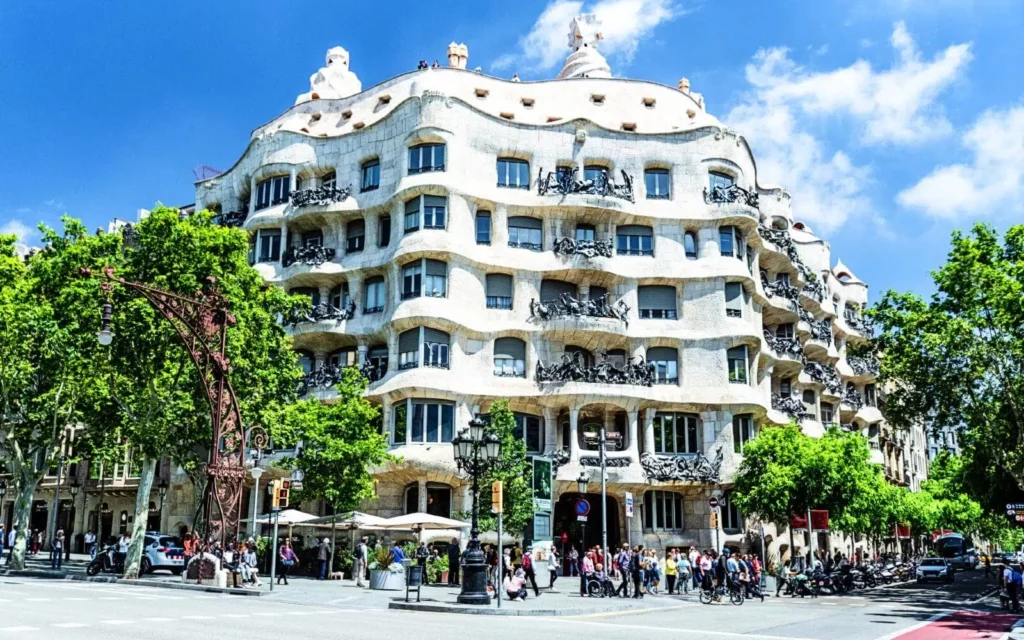
In October 1934, Fuchs Bakery relocated from Homestead to South Miami and was built on an enlarged site that included the Riviera property. After decades of enjoying the aroma of baking bread in the city’s downtown, Fuchs moved its operation to Medley, Florida in the early 1980s. The bakery buildings were razed and replaced by the Bakery Centre, a retail, hotel and office complex, which eventually failed. In 1994. the Resolution Trust agency sold the parcel for $11.2 million, and was demolished in 1996. In 1999, the 10-acre Shops at Sunset opened. In 2014 the mall housed Miami’s only GameTime location. Splitsville Luxury Lanes & Dinner Lounge was added in 2008. The largest tenant (about 92,000 square feet) is a 24-screen cinema operated by AMC Entertainment.
In October 2015, Simon Property Group sold the mall to Federal Realty Investment Trust, Grass River Property, and Comras Company. After a series of attempts to revitalize the ailing mall, the property was sold at a major loss for the sellers to Midtown Opportunities for $65.5m on December 31, 2020.
Something New on the Horizon
With a change in city administration came a mayor and commissioners who made the redevelopment of Sunset Place and the revitalization of our business district in South Miami a major focus of their election campaigns and administration. Needed zoning changes were made with the goal of transitioning from a moribund regional mall to a neighborhood with shops, residences, and open spaces.
“We set out to change the canvas of this twice failed project, moving away from a regional mall toward a neighborhood that becomes an integral and cohesive part of the South Miami community,” said Richard Perez, executive director of Midtown Development.
In April 2019, the South Miami City Commission unanimously approved a redevelopment plan. The goal of the plan is to reduce retail, expand office space, build residential apartments, and a hotel, and add more parking to the existing garage. Retail spaces will be designed to face outward as a way of communicating with the street. This will be a welcome change from the somewhat insular nature of the current mall with inward-facing shop entrances arranged around the central courtyard. Instead of encouraging gathering spaces inside, the new design will focus on the outdoors to encourage a greater sense of community.
Humanizing the Old Sunset Mall Site
In his book Humanize, Thomas Heatherwick begins his treatise on architecture with the two strongest influences from his life experiences on the way to becoming a world-renowned designer, not an architect, of buildings and public spaces. They were the inventive and unorthodox architecture of Antoni Gaudí (1852 to 1926) and craftmanship, especially of those objects wrought by hand, in which Heatherwick was trained. Heatherwick writes of Gaudí’s Casa Milà apartment building as “an unashamed festival of curves” that “undulate,” dance in space, and almost breathe. He believes that the human eye is most comfortable with the right combination of repetition and complexity and that this combination is essential to the proper aesthetic “tension” in architecture.
Heatherwick writes about the number of people who pass by a building in a given time as one that is much larger than those who work in or use the inside of said building. The exterior of the building will affect everyone who passes by and contribute to how they feel. To him, the “blandemic” of those straight, shiny, monotonous, and boring modernist buildings contribute to humanity’s stress, sickness, loneliness, and fear, as well as aiding division, war, and the climate crisis. The latter refers to the size of a building’s carbon footprint in the construction, maintenance, and destruction of the building when it is eventually torn down to replace it with yet another boring/unhealthy building.
The Humanize rule states that “a building should be able to hold your attention for the time it takes to pass by it.” For Heatherwick, this is all about what is happening at the street level, from the initial approach to the building to the clearly marked and celebrated entrance, to the way it relates to human beings. In praise of architectural norms from earlier periods that exist side by side in established neighborhoods, he writes that these settings are, “palaces built for ordinary people.”
“The New Heart of South Miami”
At a recent City Commission meeting the designer presented his preliminary ideas for the Sunset Place project. First and foremost, the plan will be to create or return, the downtown to a walkable neighborhood with sufficient vehicle connectivity. The City of South Miami has long needed a Town Square or Town “Green” that many other cities enjoy. Once accomplished, this should return foot traffic to the businesses in the town center. Heatherwick is concerned with designing residential real estate with great views, amenities, and an identity. All of this will contribute to his belief in humanizing architecture. The designer is also aware of the negative aspects that have an impact on South Miami’s business core, the noisy and “unfriendly” US 1, the current mall’s lack of engagement with Red Road (a main thoroughfare), and the fact that the mall ignores the surrounding street grid altogether while having fake “streets” inside the mall.
The mall’s second-floor retail arrangement does not drive customers to it. In short, Sunset Place does not feel like a real place, nor is it a real piece of the city.
Thomas Heatherwick Studio
What does the future hold for the design of the “New Heart of South Miami?” Designs by the Thomas Heatherwick Studio could provide some clues.
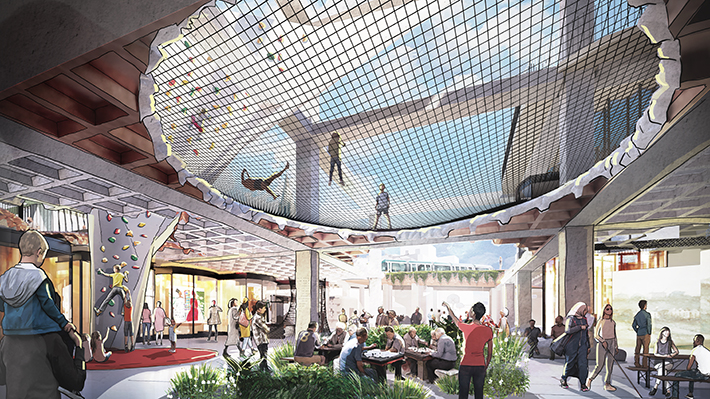
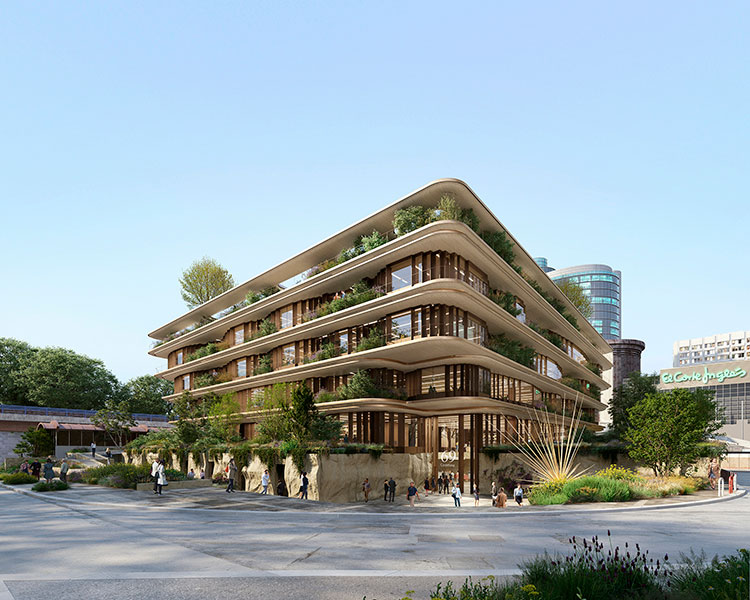
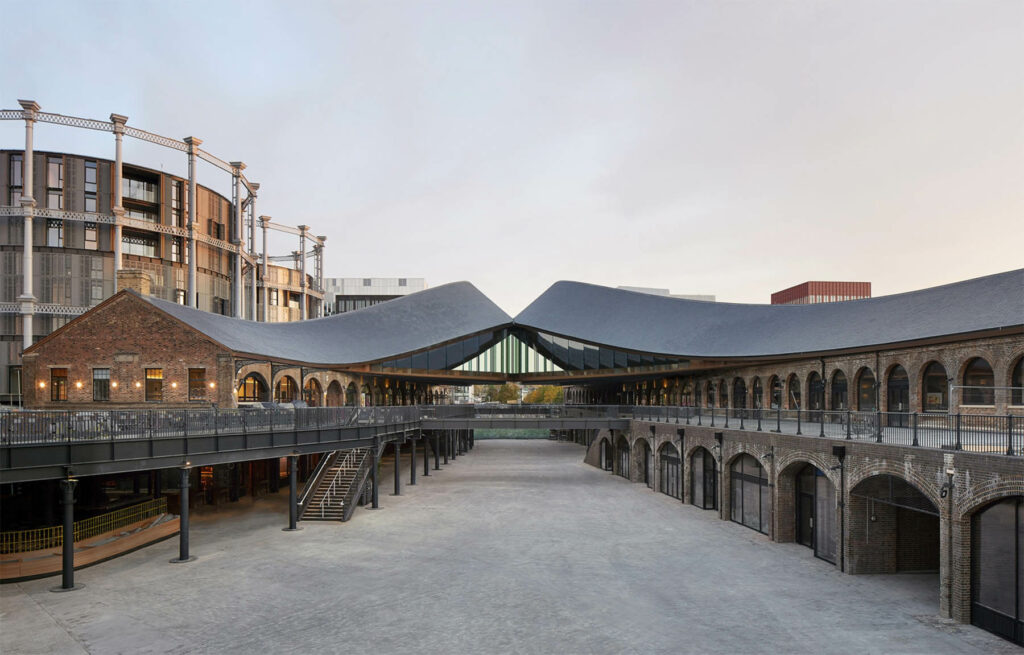
For More Information: heatherwick.com




